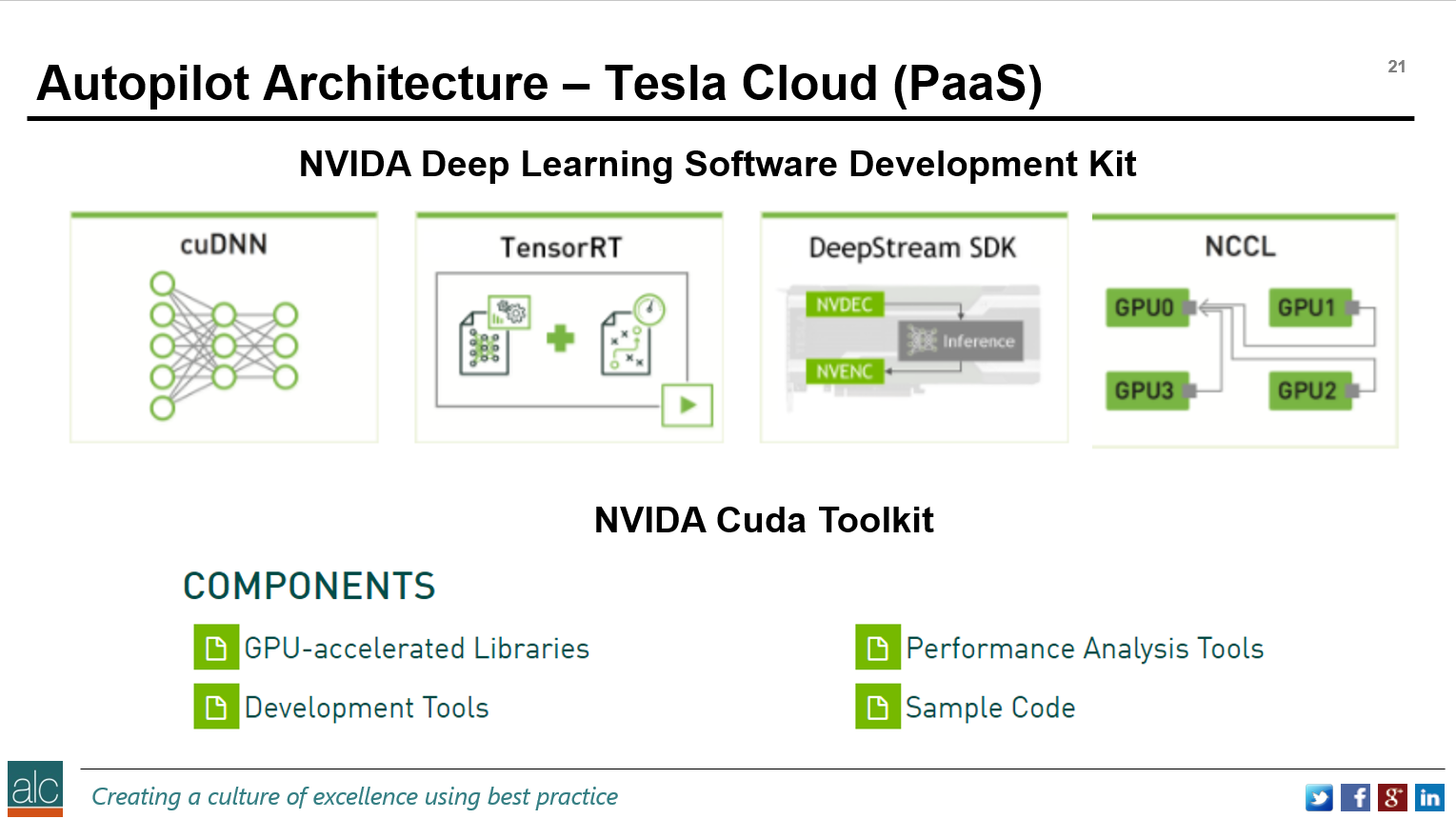Project management is in a constant of flux, evolving to accommodate the news needs of businesses and their projects. Consequently, it is important to keep up with the current trends in the industry, so you know what kind of expertise and IT project management training you need in order to deliver the best results.
Here are some of the trends we are seeing in project management right now.
Teams are now free to use technology to develop products remotely.
1. Remote project management
These days, it is no longer necessary for a team to be all in the same place in order to work on a project. As a result, more and more teams are operating from different location using virtualisation, rather than being all together in one location.
According to CIO magazine, this development makes logical sense, because the drive to constantly produce more innovative projects naturally results in team members being distributed throughout a range of geographical areas. CIO adds that using offshore development teams can also help to reduce costs, yet project managers are still able to easily oversee the progress using technology.
2. Project managers as thought leaders
Another interesting development for project management is created by the increasing popularity of content marketing. As the experts in their field, many project managers are being looked to by companies to create informative, insightful content that has the added benefit of incorporating SEO, which helps to promote the business.
Project management specialist LiquidPlanner says that it’s important for project managers to establish a greater understanding of the “story” created by the various aspects of the project throughout its lifecycle, as this will better enable them to be thought leaders and pass this knowledge on to others though content.

Project managers are now thought leaders as well.
3. Greater emphasis on change management
Projects are becoming more involved in change management right now than they have been in the past. According to business performance company TwentyEighty Strategy Execution, this is a fundamental skill for all project managers, as change is often an inherent aspect of any project. The company says that technical skills are not enough to oversee a significant change effectively, and as such relational and strategic skills are essential for good change management.
In addition, actively cultivating these skills is essential for a company to ensure it will experience a smooth transition into new undertakings.
The shifting demands of the market mean project managers need to have new skills to draw on.
4. Upskilling and certification
Likewise, the upskilling of project managers is becoming particularly important. The demands of the industry are rapidly changing and professionals need to have the expertise to effectively develop products in the shifting market conditions.
TwentyEighty Strategy Execution reveals there are several skills that project managers need to be able function well, including the ability to think analytically, good communication skills, established technical expertise, a solid grasp of strategy and a business-driven mindset. These skills span a variety of disciplines and work together to make the project managers more effective in the marketplace.
Likewise, having certifications in project management frameworks can be a useful tool to cultivate, and can be achieved though PRINCE2 training and similar methodologies.
5. More focus on Agile project management
Finally, more and more businesses are recognising the benefits of using Agile project management. According to PM Times, the Agile approach was once reserved for software development, but is now being embraced by a variety of industries. It allows for a more flexible, consumer-driven management of projects, increasing efficiency, improving marketability and reducing risk.
Consequently, Agile project management is becoming more more frequently used, and integrated into other methodologies.
It’s apparent that project management is shifting in a number of ways, and it is therefore essential that professionals look for ways to keep up with the current trends. Whether through expanding their knowledge of product development or through IT governance training, ALC Training can help project managers to deliver the best results for their business.


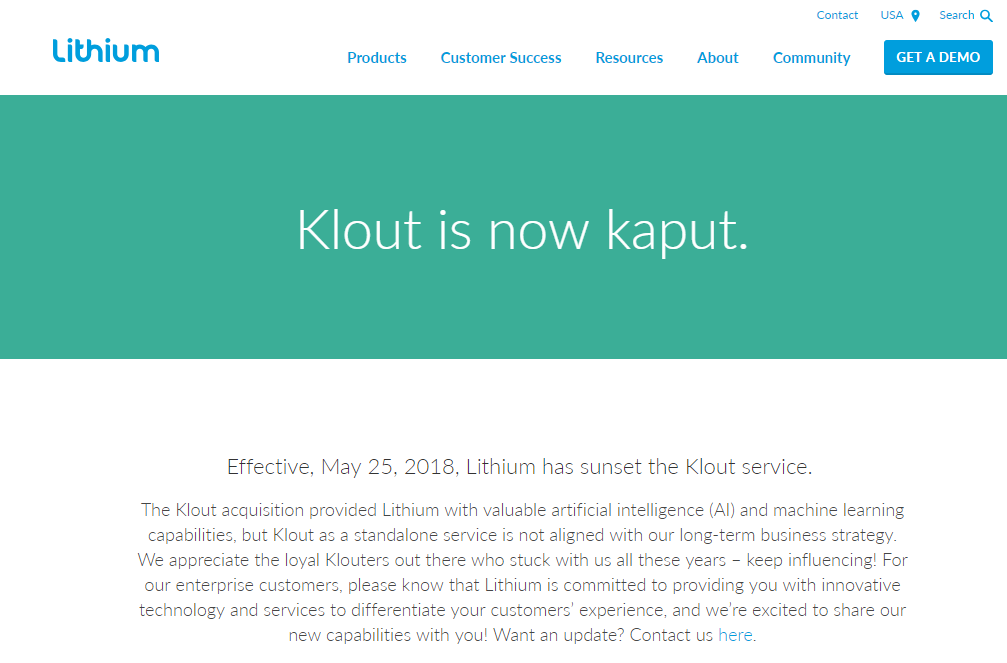





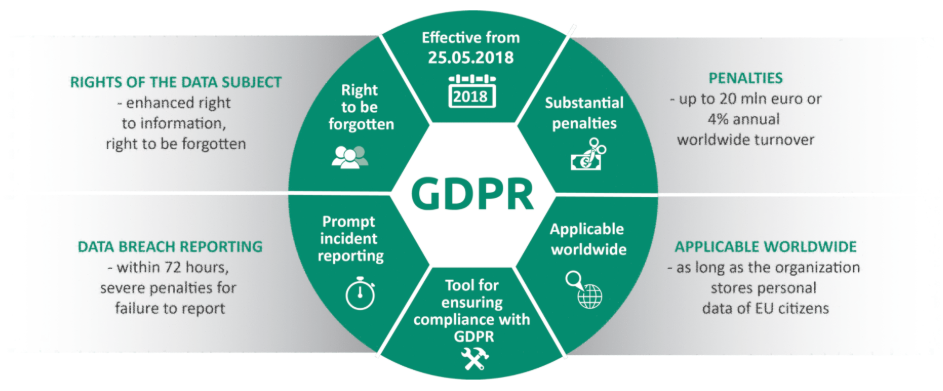
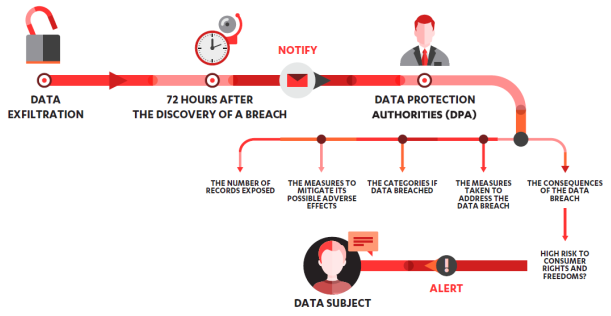

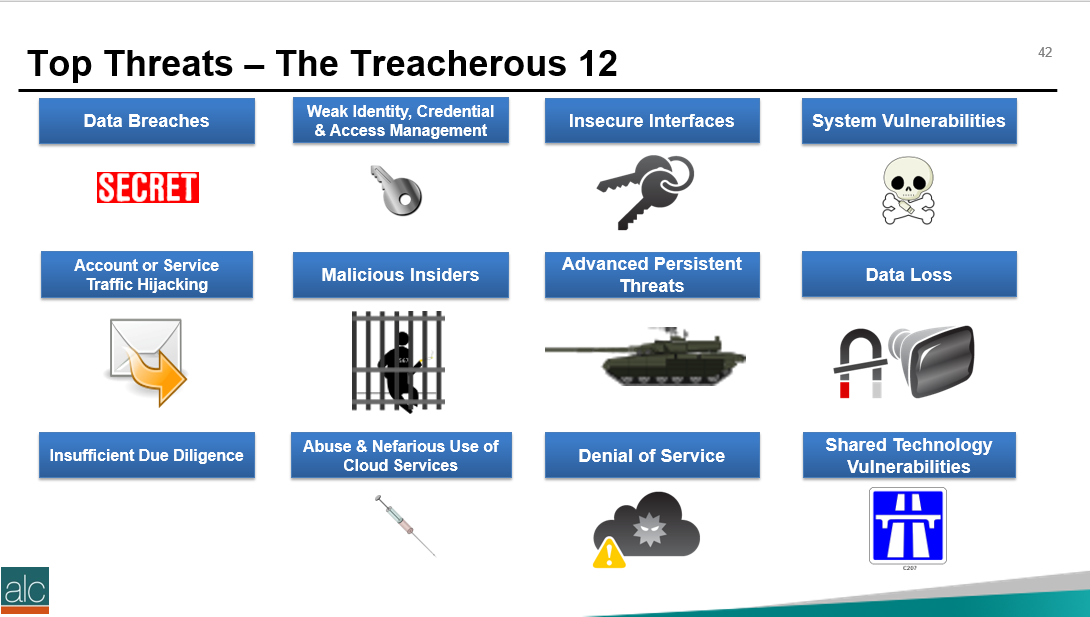




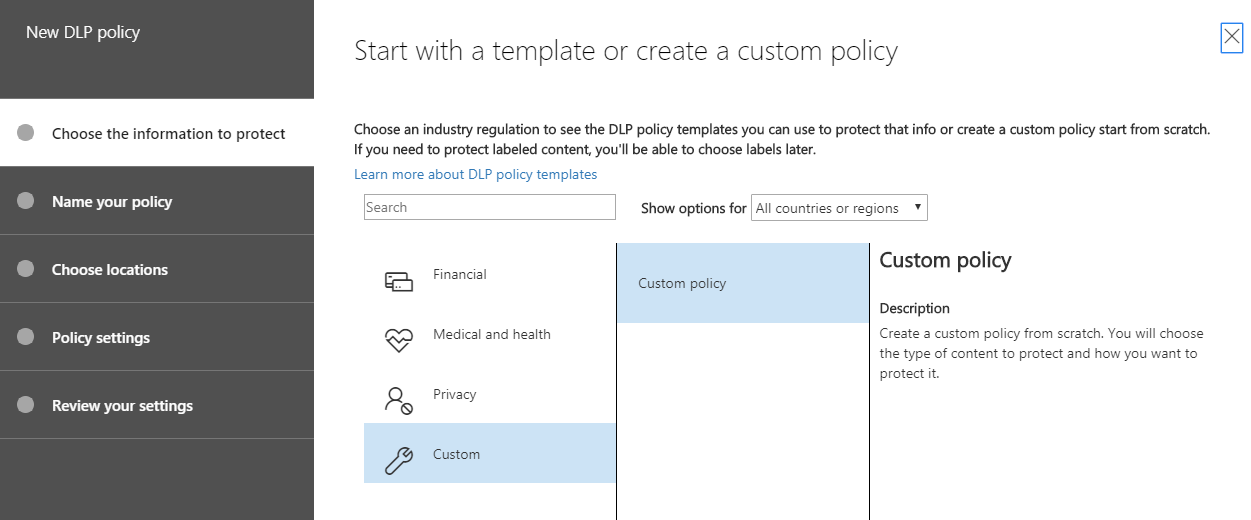




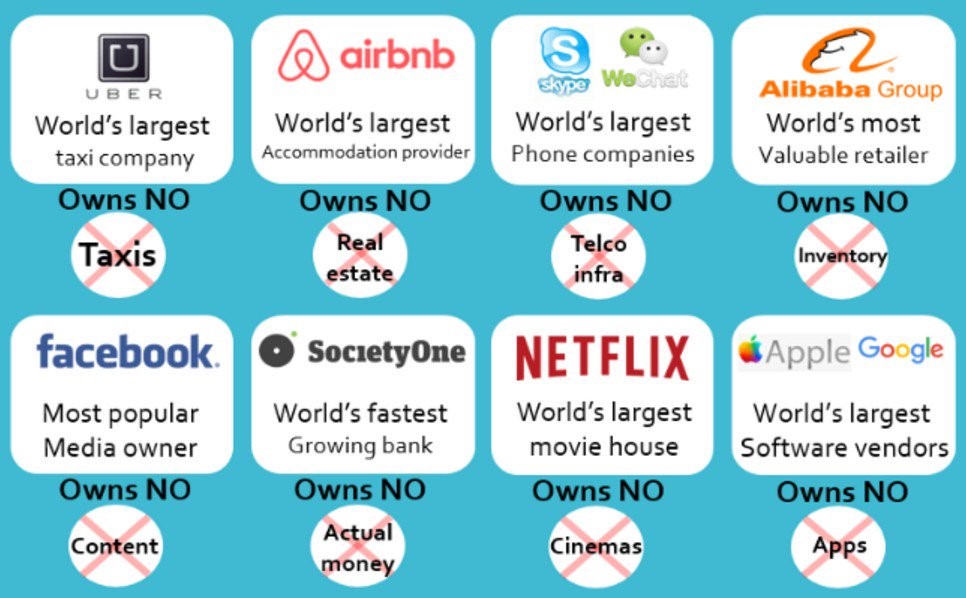


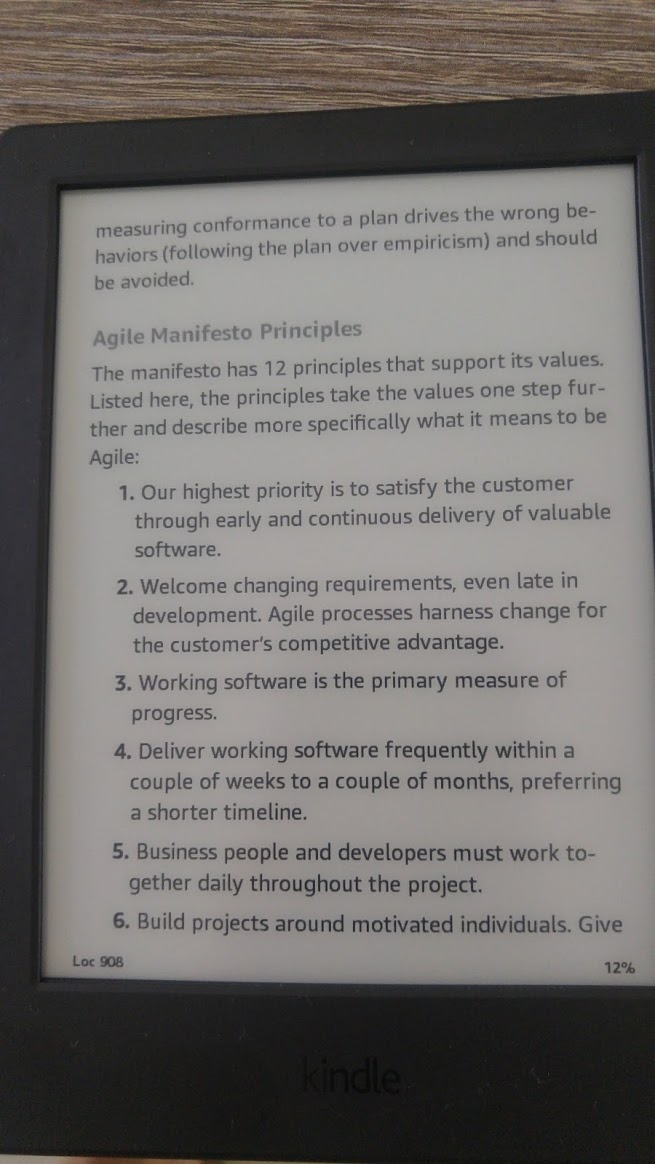
 How can big data help cities run effectively?
How can big data help cities run effectively?



